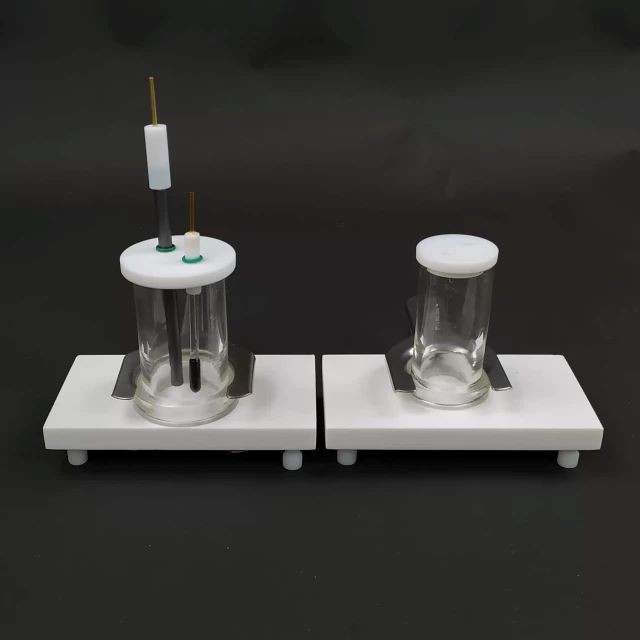
Electrochemical Consumables
Electrolytic Electrochemical Cell for Coating Evaluation
Item Number : ELEC
Price varies based on specs and customizations
$199.90 / set
- Specifications
- 8/30/50/80ml
- Applicable temperature range
- 0 ~ 60℃
- Reaction area
- 0.5~ 2cm²
- Material
- boron glass + PTFE
Shipping:
Contact us to get shipping details Enjoy On-time Dispatch Guarantee.
Why Choose Us
Reliable PartnerEasy ordering process, quality products, and dedicated support for your business success.
Coating Evaluation Electrolytic Cells for Electrochemical Experiments, corrosion resistance, complete specifications, good sealing, high-quality material selection, safe and durable, can be customized.
Technical specifications
| Specifications | 8/30/50/80ml |
| Applicable temperature range | 0 ~ 60℃ |
| Reaction area | 0.5~ 2cm² |
| Material | boron glass + PTFE |
| Opening hole of electrolytic cell | Two electrode holes (including graphite rod electrode*1 silver chloride electrode*1) |
Detail & Parts

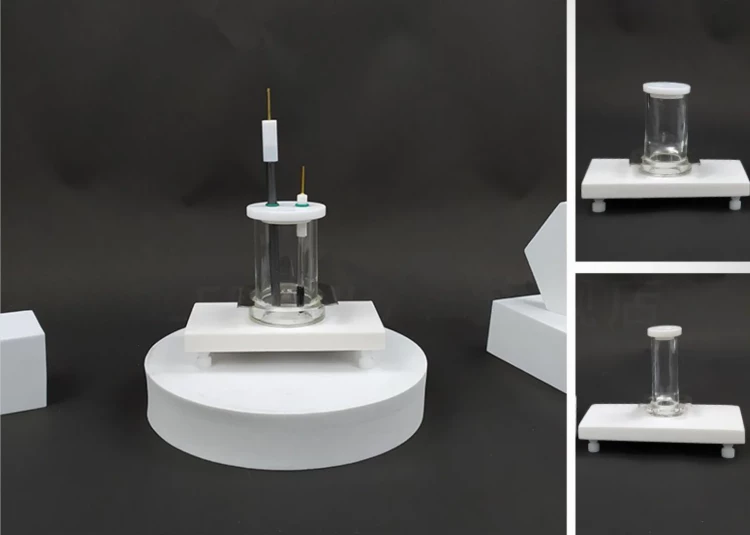
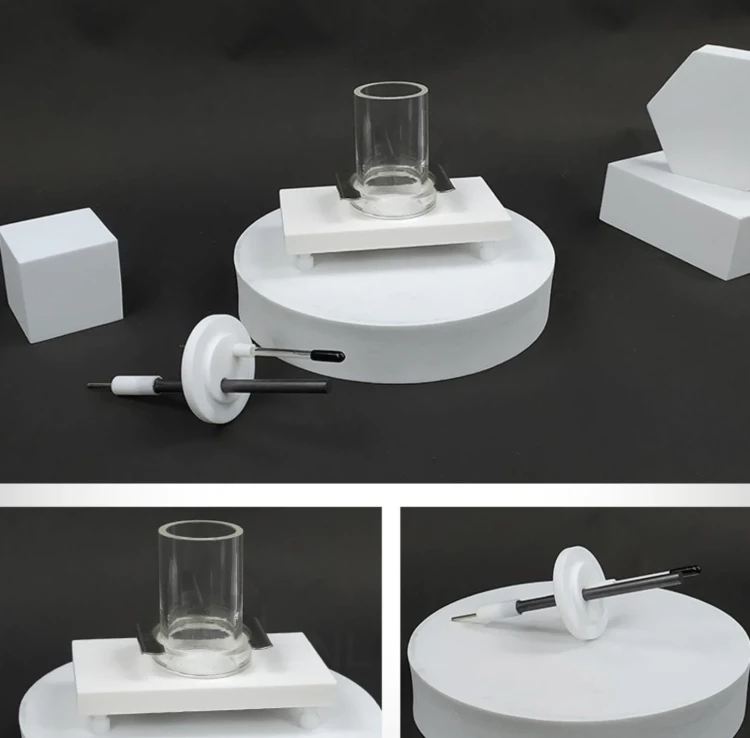
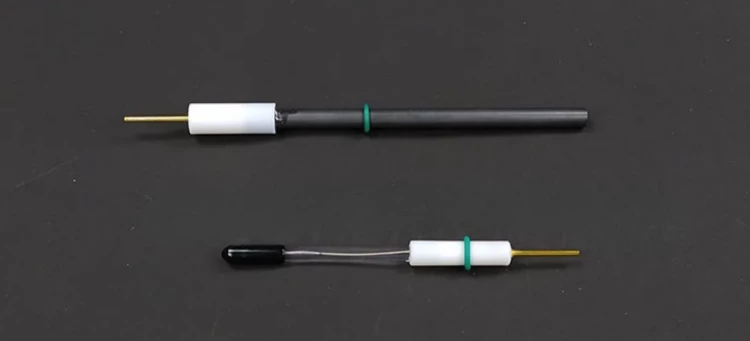
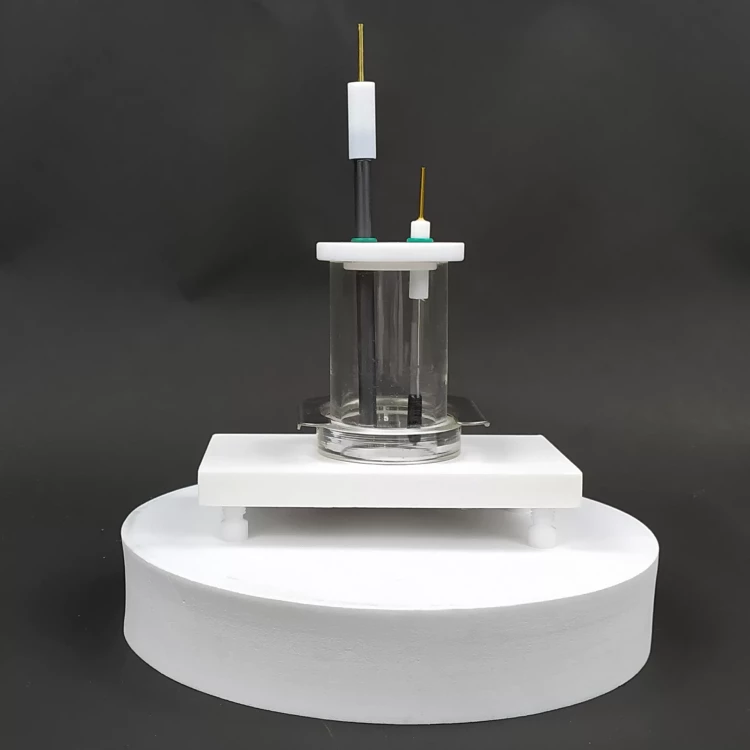
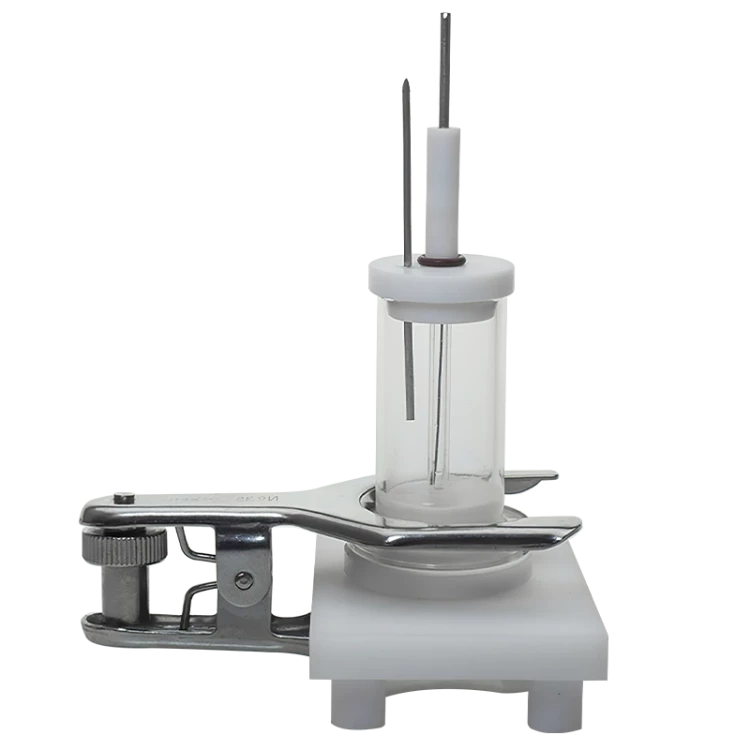
Designed for You
KinTek provide deep custom made service and equipment to worldwide customers, our specialized teamwork and rich experienced engineers are capable to undertake the custom tailoring hardware and software equipment requirements, and help our customer to build up the exclusive and personalized equipment and solution!
Would you please drop your ideas to us, our engineers are ready for you now!
FAQ
What Are Electrolytic Cells Used For?
What Are The Materials Used In Electrochemical Cell?
What Is The Difference Between Galvanic Cell And Electrolytic Cell?
What Are The Examples Of Electrochemical Material?
What Is An Electrolytic Cell And How Does It Work?
What Are The Two Points Of Difference Between Electrochemical And Electrolytic Cells?
What Is The Example Of Electrolytic Cell?
Are Electrolytic Cells Spontaneous?
4.9
out of
5
Excellent electrolytic cell for coating evaluation. Fast delivery and great quality.
4.7
out of
5
The electrolytic cell is very well-made and works perfectly for my experiments. Very satisfied with my purchase.
4.8
out of
5
The cell is of high quality and is very easy to use. I highly recommend it to anyone who needs to perform coating evaluations.
5.0
out of
5
This electrolytic cell is a must-have for any lab that does coating evaluations. It is very well-made and produces consistent results.
4.6
out of
5
The electrolytic cell arrived quickly and was well-packaged. It is exactly as described and works great. I am very happy with my purchase.
4.9
out of
5
The electrolytic cell is very easy to use and clean. It is also very durable and has held up well to repeated use.
5.0
out of
5
I am very impressed with the quality and performance of this electrolytic cell. It is a great value for the price.
4.8
out of
5
This electrolytic cell is a great addition to my lab. It is very versatile and can be used for a variety of experiments.
4.7
out of
5
The electrolytic cell is very well-made and is very easy to use. I am very happy with my purchase and would definitely recommend it to others.
4.9
out of
5
I am very impressed with the quality and performance of this electrolytic cell. It is a great value for the price.
5.0
out of
5
This electrolytic cell is a must-have for any lab that does coating evaluations. It is very well-made and produces consistent results.
4.8
out of
5
The electrolytic cell arrived quickly and was well-packaged. It is exactly as described and works great. I am very happy with my purchase.
4.7
out of
5
The electrolytic cell is very easy to use and clean. It is also very durable and has held up well to repeated use.
4.9
out of
5
Excellent electrolytic cell for coating evaluation. Fast delivery and great quality.
4.8
out of
5
The cell is of high quality and is very easy to use. I highly recommend it to anyone who needs to perform coating evaluations.
5.0
out of
5
This electrolytic cell is a great addition to my lab. It is very versatile and can be used for a variety of experiments.
4.6
out of
5
The electrolytic cell is very well-made and is very easy to use. I am very happy with my purchase and would definitely recommend it to others.
4.9
out of
5
I am very impressed with the quality and performance of this electrolytic cell. It is a great value for the price.
5.0
out of
5
This electrolytic cell is a must-have for any lab that does coating evaluations. It is very well-made and produces consistent results.
REQUEST A QUOTE
Our professional team will reply to you within one business day. Please feel free to contact us!
Related Products

Flat Corrosion Electrolytic Electrochemical Cell
Discover our flat corrosion electrolytic cell for electrochemical experiments. With exceptional corrosion resistance and complete specifications, our cell guarantees optimal performance. Our high-quality materials and good sealing ensure a safe and durable product, and customization options are available.

Optical Water Bath Electrolytic Electrochemical Cell
Upgrade your electrolytic experiments with our Optical Water Bath. With controllable temperature and excellent corrosion resistance, it's customizable for your specific needs. Discover our complete specifications today.

Quartz Electrolytic Electrochemical Cell for Electrochemical Experiments
Looking for a reliable quartz electrochemical cell? Our product boasts excellent corrosion resistance and complete specifications. With high-quality materials and good sealing, it's both safe and durable. Customize to meet your needs.

H-Type Double-Layer Optical Electrolytic Electrochemical Cell with Water Bath
Double-layer H-type optical water bath electrolytic cells, with excellent corrosion resistance and a wide range of specifications available. Customization options are also available.

PTFE Electrolytic Cell Electrochemical Cell Corrosion-Resistant Sealed and Non-Sealed
Choose our PTFE Electrolytic Cell for reliable, corrosion-resistant performance. Customize specifications with optional sealing. Explore now.
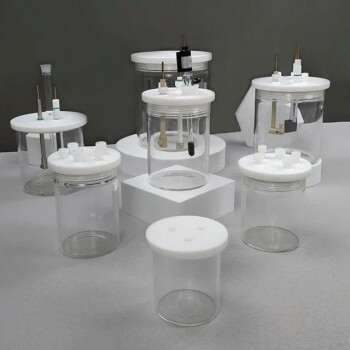
Electrolytic Electrochemical Cell with Five-Port
Streamline your laboratory consumables with Kintek's Electrolytic Cell with five-port design. Choose from sealed and non-sealed options with customizable electrodes. Order now.

Electrolytic Electrochemical Cell Gas Diffusion Liquid Flow Reaction Cell
Looking for a high-quality gas diffusion electrolysis cell? Our liquid flow reaction cell boasts exceptional corrosion resistance and complete specifications, with customizable options available to suit your needs. Contact us today!

Super Sealed Electrolytic Electrochemical Cell
Super-sealed electrolytic cell offers enhanced sealing capabilities, making it ideal for experiments that require high airtightness.

Multifunctional Electrolytic Electrochemical Cell Water Bath Single Layer Double Layer
Discover our high-quality Multifunctional Electrolytic Cell Water Baths. Choose from single or double-layer options with superior corrosion resistance. Available in 30ml to 1000ml sizes.

Elevate your electrochemical research with our Rotating Disk and Ring Electrodes. Corrosion resistant and customizable to your specific needs, with complete specifications.

Rotating Platinum Disk Electrode for Electrochemical Applications
Upgrade your electrochemical experiments with our Platinum Disc Electrode. High-quality and reliable for accurate results.

Tungsten and molybdenum crucibles are commonly used in electron beam evaporation processes due to their excellent thermal and mechanical properties.

Electron Beam Evaporation Coating Gold Plating Tungsten Molybdenum Crucible for Evaporation
These crucibles act as containers for the gold material evaporated by the electron evaporation beam while precisely directing the electron beam for precise deposition.
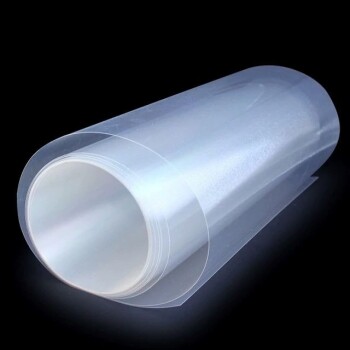
Proton Exchange Membrane for Batteries Lab Applications
Thin proton exchange membrane with low resistivity; high proton conductivity; low hydrogen permeation current density; long life; suitable for electrolyte separators in hydrogen fuel cells and electrochemical sensors.

Lab Electrochemical Workstation Potentiostat for Laboratory Use
Electrochemical workstations, also known as laboratory electrochemical analyzers, are sophisticated instruments designed for precise monitoring and control in various scientific and industrial processes.
Related Articles

Advanced Techniques in Coating Evaluation Using Electrolytic Cells
Explore the comprehensive guide on coating evaluation using electrolytic cells, covering electroplating, sol-gel methods, and wet chemical techniques. Enhance your understanding of metal coating properties and applications.

Understanding Flat Corrosion Electrolytic Cells: Applications, Mechanisms, and Prevention Techniques
Explore the detailed workings of flat corrosion electrolytic cells, their role in industrial processes, and effective strategies to mitigate corrosion. Learn about electrolytic cells, their components, and applications in electroplating and metal purification.

Handheld Coating Thickness Gauges: Accurate Measurement for Electroplating and Industrial Coatings
Discover the best practices and technologies for measuring coating thickness using handheld gauges. Ideal for electroplating, automotive paint, and powder coatings.

Understanding Saturated Calomel Reference Electrodes: Composition, Uses, and Considerations
Explore the detailed guide on saturated calomel reference electrodes, including their composition, advantages, disadvantages, and applications. Ideal for researchers and lab technicians.

Advanced Electrolytic Cell Techniques for Cutting-Edge Lab Research
Electrolytic cells are devices that utilize an electric current to induce a non-spontaneous chemical reaction.

Electrochemical Electrodes in Chemical Analysis
Electrochemical electrodes are essential tools used in many chemical analysis techniques and experiments. These electrodes are devices that allow us to measure the electrical potential difference in a chemical reaction.

Understanding Electrodes and Electrochemical Cells
An electrode is a point where current enters and leaves the electrolyte. It is a conductor used to make a junction with a nonmetallic part of a circuit. Electrodes can be made of materials such as gold, platinum, carbon, graphite, or metal. They serve as the surface for oxidation-reduction reactions in electrochemical cells. There are different types of electrodes, including anode and cathode.

Applications of Electrolytic Cells in Purification and Electroplating
Electrolytic cells are chemical cells that use electricity to generate a non-spontaneous redox reaction. These cells are used in various electrochemical processes such as electrolysis and electroplating.

Electrolytes and Electrochemical Electrodes
Electrolytes and electrodes play an essential role in electrochemistry. Electrolytes are substances that conduct electricity when dissolved in water or melted.

Understanding Electrodeposition with Electrochemical Electrodes
Electrodeposition is a process of depositing a metal or a non-metallic material onto a surface by applying an electric current.

Applications of H-Type Electrolytic Cell in Metal Extraction
H-type electrolytic cells uses an electrolyte solution to dissolve the metal ions and an electric current to separate the metal ions from the solution.

Innovations in Electrochemical Electrodes Technology
Recent advancements in nanotechnology and materials science have led to significant improvements in electrochemical devices, making them more efficient, durable, and cost-effective.